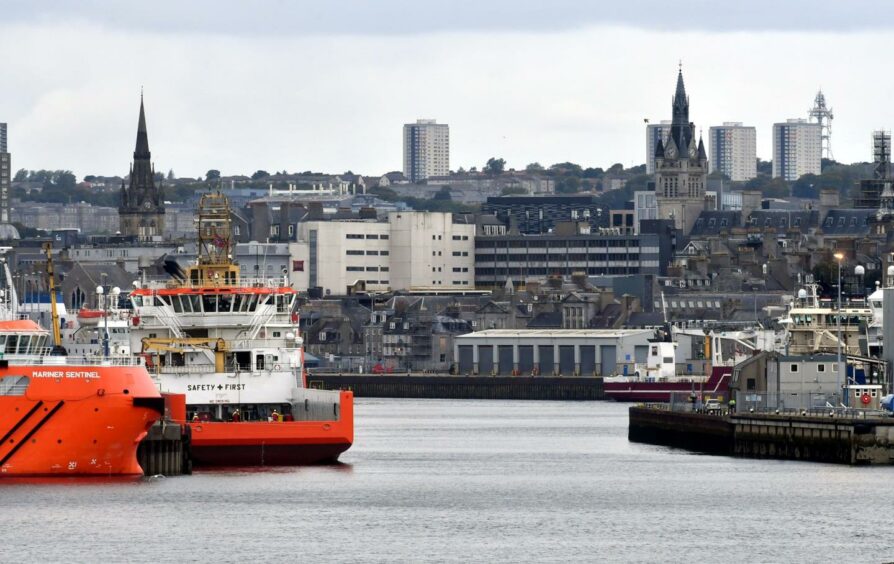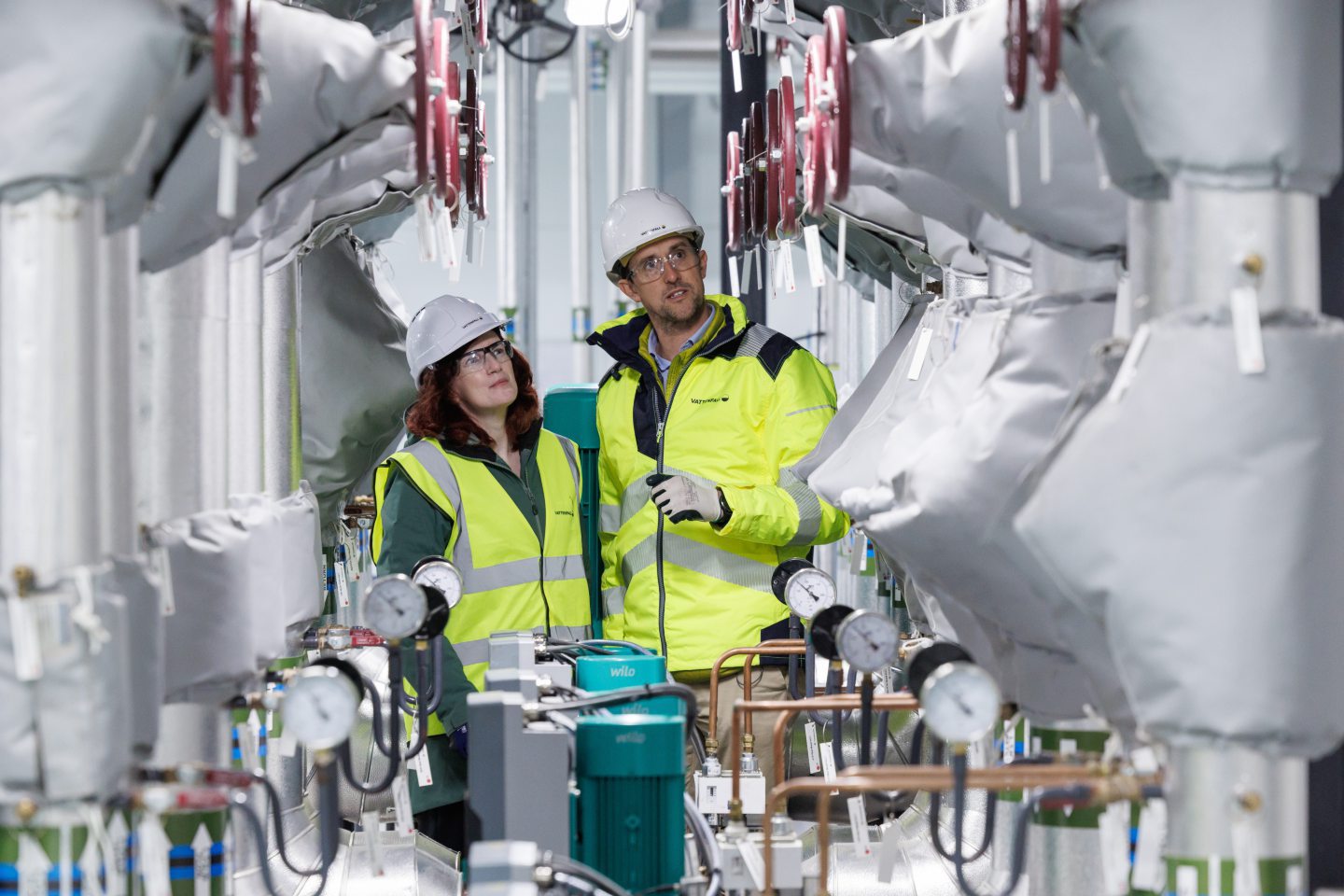 © Supplied by DCT Media
© Supplied by DCT Media Scotland needs to urgently change the way it heats its cities and towns to meet its decarbonisation targets, according to industry body Scottish Renewables.
The organisation said more than half of Scotland’s energy consumption is used for heating buildings and homes.
In a report, the group outlined recommendations for how the Scottish government can deliver additional city-scale heat networks and steer a national strategy to decarbonise heat.
There are two kinds of heat networks, including communal networks which supply heat and hot water to multiple customers in a single building.
Meanwhile, district heat networks cover wider areas and supply multiple buildings and homes.
The systems can use different energy sources including renewable electricity, bioenergy, geothermal sources, solar thermal, and captured waste heat from industrial processes.
Scottish Renewables head of heat and solar Helen Melone said it is “critically important” to change how Scottish buildings are heated to meet net zero targets.
“Scotland has made good progress in decarbonising its electricity but it is falling behind with decarbonising heat,” Melone said.
“Heat networks are the most cost-effective solution for providing affordable, low-carbon heat in densely populated areas such as cities and towns offering a range of other benefits including the ability to utilise waste heat, allow access to natural heat sources and enhance the flexibility of our energy system.”
Melone called on the Scottish government to implement the recommendations of its report and deliver city-scale heat networks for each of Scotland’s eight cities.
Swedish firm Vattenfall is delivering a heat network in Midlothian, which captures waste heat from a recycling plant to supply thousands of homes.
Vattenfall head of business development for Scotland Paul Steen said heat networks are an “essential means” for providing low carbon heating and hot water on a city scale.
“Scotland cannot meet its climate change targets without a significant increase in this tried and tested low carbon technology,” Steen said.
In 2021, the Scottish government set a target to deliver 3.6% of non-electrical heat consumption using heat networks by 2027, and 8.4% by 2030.

